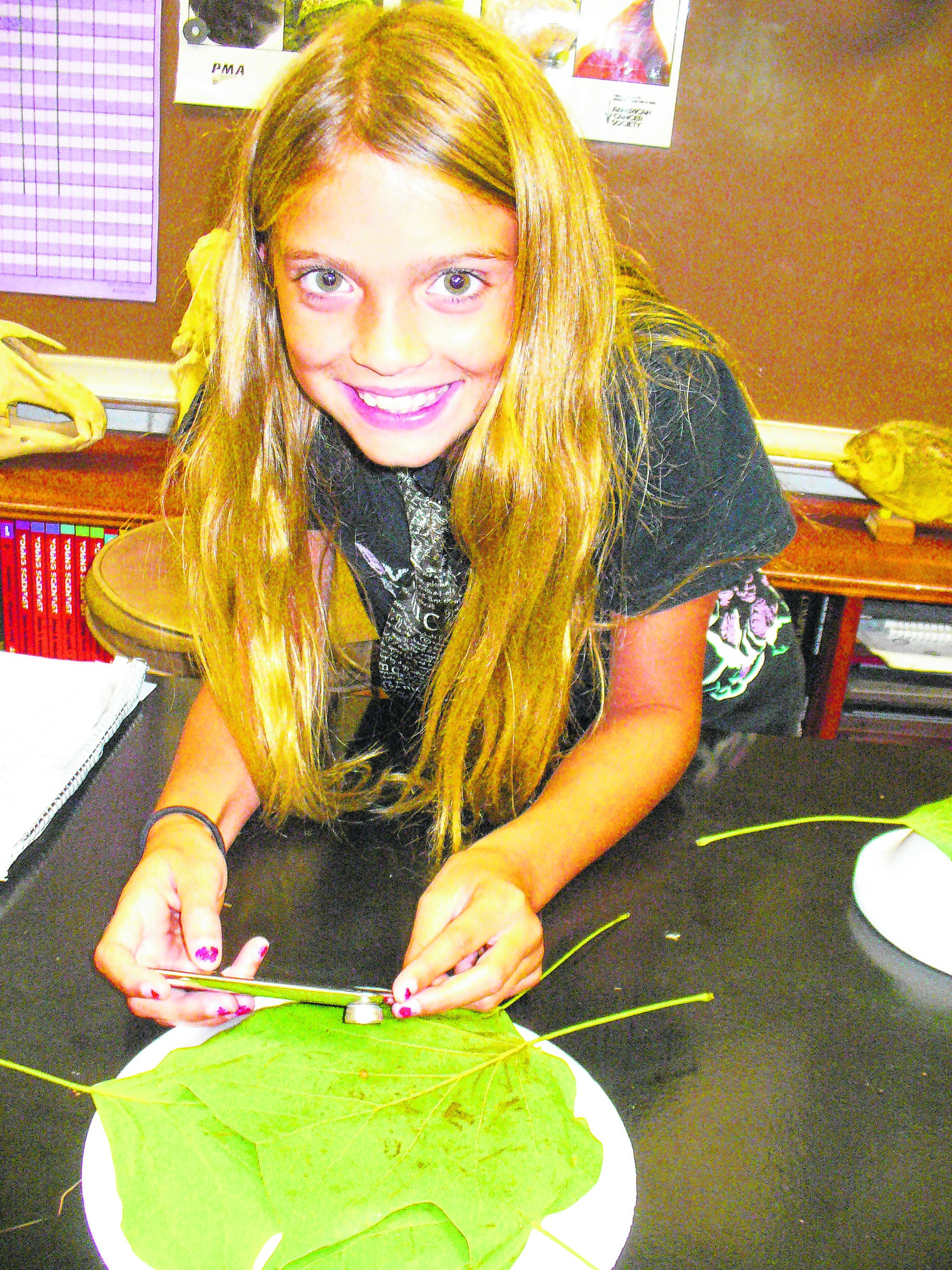Big Ridge Elementary School fifth-grade science students are assisting in studies at Cornell University by conducting ladybug research at the Greenway Farm and reporting back to Cornell students.
It is part of the Lost Ladybug Project, which strives to understand why some types of ladybugs are becoming rare and others are becoming more numerous. Project volunteers seek to understand the impact on ladybug diversity and the role ladybugs play in keeping plant-feeding insect populations low.
"Some ladybugs are rare and we are looking for them," said Big Ridge fifth-grade science teacher Ron Boston. "The ladybugs have not always been rare. Cornell University wants us to help them find a nine-spotted ladybug."
Boston said Cornell recruits elementary students because they can fit in smaller spaces to spot ladybugs better.
"The students are identifying the type of ladybugs they find," said Boston. "Cornell wants photos of the ladybugs. So, we put the ladybugs in the freezer for five minutes to slow them down and then we take a photo to send to Cornell. We release the ladybugs after we are done."
Boston said he has been teaching students interesting facts like how ladybugs protect themselves. He said when ladybugs are annoyed they squirt distasteful juice out of their knees. He said ladybugs also play dead as a survival technique.
"A ladybug can eat 75 aphids per day," said Boston. "Aphids cause farmers trouble. Ladybugs eat aphids and save crops."
He said biodiversity is the key to ladybug survival; a variety of types of ladybugs is helpful. He said that if certain types of ladybugs died off and only one type was left, then it could easily die off and no ladybugs would exist.
Boston said his students found lots of invasive seven-spotted ladybugs and invasive harmonia ladybugs. They also found some hippodamia convergens ladybugs and unspotted ladybugs. Students learned that native ladybugs are rare in Hixson.
Boston estimates that his students caught and photographed about 200 ladybugs in a three-week study period.
BUGGING OUT
• New York's honored state insect is the nine-spotted ladybug, Coccinella novemnotata was once so common in New York and so respected for the great job it did controlling pests that in 1985 it was proposed as the state insect by a fourth-grade student. By the time it was recognized in 1989, a population decline had begun. There have been no confirmed collections of this ladybug in the eastern United States since 1992 until one was found by elementary students in 2006. This gave experts a place to start hunting.
• For more information about the Lost Ladybug Project, visit here.
